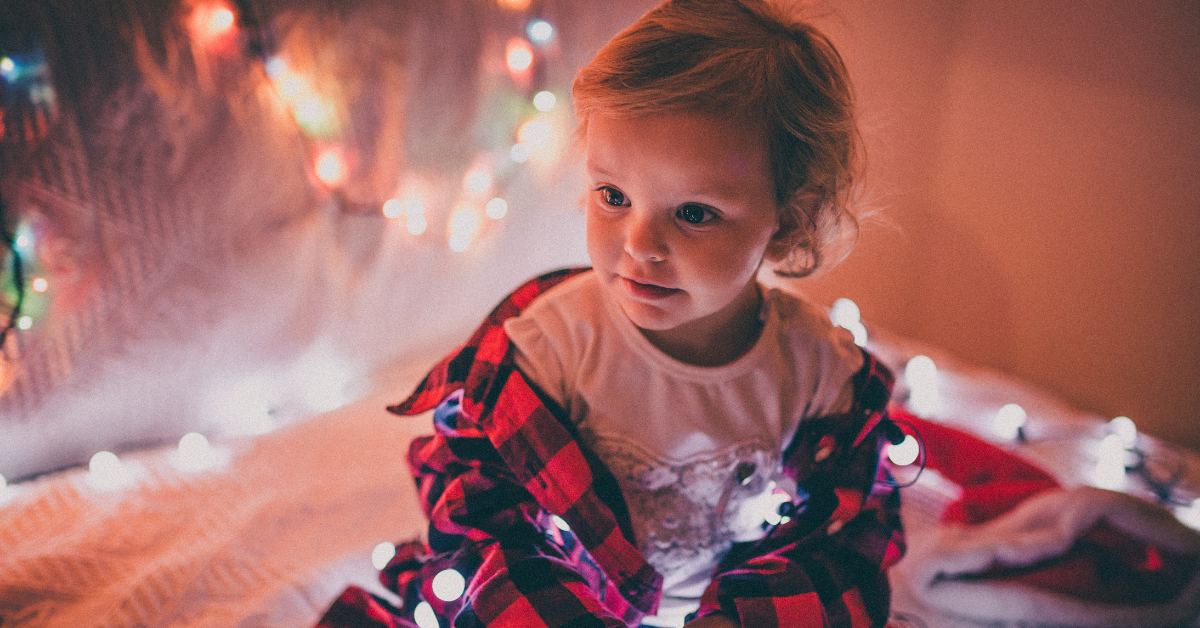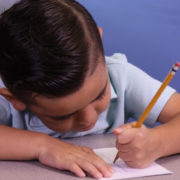Autism and the Holidays: Tips for a Happy and Stress-Free Season
The holidays bring excitement and change — but for children with autism, those changes can feel overwhelming. With thoughtful planning and support, families can make the season more enjoyable, predictable, and stress-free.
Why the Holidays Can Be Challenging
The holiday season is full of lights, music, family gatherings, and travel. For many children, it’s a magical time. But for children with autism, these changes can disrupt routines and trigger sensory overload.
The Centers for Disease Control and Prevention (CDC) notes that children on the autism spectrum often rely on structure to feel safe and confident (CDC Autism Overview). When routines change suddenly — like new foods, unfamiliar faces, or bright decorations — it can cause stress and anxiety.
Recognizing these challenges is the first step toward creating a calmer, more positive experience for your child.
Autism and the Holidays: Setting Realistic Expectations
Families often feel pressure to make the holidays picture-perfect. But the truth is, success looks different for every child and every family.
If you’re celebrating Autism and the Holidays this year, focus on connection — not perfection. Maybe your child joins for part of a party or watches from another room. That’s okay. The goal is comfort and joy, not meeting every social expectation.
A quieter, slower celebration can still be magical. Small adjustments can make the biggest difference.
Prepare Early and Communicate Clearly
Children with autism benefit from knowing what to expect. Start preparing early by explaining what will happen during holiday events. You can:
Use social stories or visual schedules to describe upcoming activities.
Show photos of relatives, decorations, or travel destinations.
Practice greetings or gift exchanges at home.
According to Autism Speaks, visual supports help children understand upcoming changes and reduce anxiety. Even simple explanations like “We will visit Grandma’s house after lunch” can help your child feel more secure.
Create a Safe Space for Downtime
Even the most joyful gatherings can become overwhelming. Designate a quiet, calm space where your child can retreat if they need a break. Bring familiar items — headphones, a favorite blanket, or a tablet — to provide comfort.
If you’re visiting family, talk to hosts in advance about your child’s needs. Most people are eager to help but may not know how. Explaining small accommodations, like lowering music volume or dimming bright lights, can go a long way.

Maintain Key Routines When Possible
While it’s hard to keep every schedule consistent during the holidays, try to maintain familiar routines. Stick to regular meal and bedtime schedules when possible. Children with autism often find comfort in predictability.
You can also blend new traditions into your established routines. For example, let your child hang the same ornament each year or help wrap presents in a favorite color. These rituals can provide stability amid all the change.
Choose Sensory-Friendly Activities
Loud parades or crowded malls may be too intense for some children. Instead, try sensory-friendly activities such as:
Driving around to look at holiday lights from the car
Baking cookies together in a quiet kitchen
Creating homemade decorations or cards
Watching a holiday movie at home with low lighting
Many local organizations now host sensory-friendly Santa visits and events designed for children with autism (Autism Society Holiday Guide). These experiences allow families to enjoy traditions without sensory stress.
Involve Your Child in Holiday Planning
Give your child a sense of control by involving them in decisions. Ask questions like:
“Which decorations should we put up?”
“What food should we make?”
“Which songs should we play?”
Letting them participate helps reduce anxiety and increases engagement. When children help plan, they feel more connected and capable.

Prepare Friends and Family
Family members may not always understand autism or how to support your child. Before gatherings, share tips about what helps your child stay calm and comfortable. A short conversation can prevent misunderstandings later.
For example, explain that your child may not want hugs, or that they might use noise-canceling headphones. Setting expectations in advance helps everyone focus on connection and understanding.
Celebrate Progress — Big or Small
The holidays are a time for gratitude. Take a moment to celebrate your child’s progress, no matter how small. Did they try a new food? Sit with family for a few minutes longer than last year? Those are victories worth celebrating.
Children with autism grow at their own pace. Every achievement is a sign of effort, learning, and resilience.
Self-Care for Parents and Caregivers
Parents of children with autism often focus entirely on their child’s needs — but your well-being matters too. Make time for rest, connection, and self-care. Even a short walk or a quiet cup of coffee can help you recharge.
Remember, a calm parent helps create a calm environment. Taking care of yourself allows you to better support your child throughout the season.
Finding Joy in Autism and the Holidays
The holidays may look different for every family, and that’s perfectly okay. Whether your celebration is loud and lively or calm and cozy, what matters most is that it’s authentic to your child’s needs.
At Behavior TLC, we understand the balance between structure and celebration. Our team of Board Certified Behavior Analysts (BCBAs) helps families create positive routines and communication strategies that extend into every season — including the holidays.
When families approach Autism and the Holidays with flexibility, empathy, and preparation, the result is more than a peaceful season — it’s lasting joy, connection, and growth.
Don’t stress—plan and practice holiday fun. And most of all, have a wonderful holiday season!
For more information on our ABA Therapy services contact us today!






